Sounding and Different Methods of Taking Sounding on a Ship
A merchant ship is built to carry tonnes of cargo from one port to another. Along with cargo, it also has to carry oil which includes Fuel oil, Diesel oil and different grades of lubricating oil in bulk quantities to run the propulsion plant and other auxiliary machinery systems.
Ships also have tanks for ballast water which are strategically located on both the sides to stabilise the ship when it is loaded or unloaded with oil or cargo.
Some tanks are also provided for storing fresh water for provision purpose or for the feed water system. Sewage holding tank may be constructed depending upon the size and type of the ship, and of course, the owner’s demand.
Storage tanks, bunker tanks, fresh water and ballast tanks are constructed as per the class, size and type of the ship. To maintain ship’s stability, equilibrium, and hence the safety it is necessary that the level of the fluids is checked at regular intervals of time. The process of checking level of fluid in various tanks of ship is known as “sounding” of the tanks.
In this article we will learn about the sounding of the tanks and the process of taking the same.
What is Sounding?
Checking the level of the fluid in a tank is considered as part of sounding process on ship. The final sounding value of the tank is the total quantity of fluid (oil, bilge, sludge, or water) inside a ship’s tank. The initial process is to first measure the depth of the fluid from the surface to the bottom of the tank by using sounding tape.
The sounding tape value is later used in calculation of the final sounding value, which is derived using the sounding table taking the list and trim of the ship into account and the temperature at which the fluid (specifically for oil) is stored (As density of oil is effected by temperature).
Importance of Sounding:
Is it necessary to take soundings of various tanks every day? Yes.
In some cases the sounding has to be taken in every watch. A ship is a floating factory with several machinery and system working continuously. These machines require fuel oil, lube oil and water to operate and these fluids are consumed from service tanks or sump tanks. The service and sump tanks on a ship needs to me sounded every watch to ensure the level is maintained.
The service tanks and sump tanks levels are maintained by filling them up with appropriate fluid using storage tanks, which are sounded once in a day.
The four most important operations which are dependent on the sounding values are:
- Stability of the ship: The ship stability highly depends on how various fluids (Oil, water, fluid cargo etc.) are stored to tackle the free surface effect, which is a very important factor for defining ship’s stability
- Voyage Planning: The current volume of fluids (oil, water etc.) in various tanks and the estimated volume needed to reach the next port or complete a voyage needs to be known before the ship sails off. This is to ensure a minimum quantity is always maintained even when ship is diverted to a longer route so that the essential fluids used to run machinery and system do not get consumed early, which may leave the ship stranded. Also, to plan bunkering of fuel or receiving of fuel, company needs to be intimidated well ahead of time for making arrangements in preferred port of call, hence sounding of all tanks in a ship is very important.
- Cargo Planning: The cargo loading and arrangement of the cargo at different bays or holds are performed by the planner based on the current stability of the ship. The knowledge of volume in various tanks is important to perform this task to avoid damage to the ship structure and to avoid any other risk to ship’s stability
- For Assessing Leakages/ loss: Regular monitoring and keeping record of sounding for tanks containing oil and water will be very helpful to understand leakages or loss of content from the tank. For e.g. An oil storage tank which is not in use if shows decrease in the sounding value, it might be due to open/ malfunctioning valve of the tank or due to leakage from the tank. Also, the sounding values of service tanks in engine room are used to determine the fuel/ lube consumption of machinery.
Methods for taking sounding on a ship
Certain cargos carried on ships are toxic, hazardous and inflammable, hence various methods are provided on a ship to measure the volume in the tank. Some of the most common gauging methods used on ships are:
Manual sounding
All important tanks on ships are provided with sounding pipe through which a person can insert a sounding tape to measure the level in the tank manually.
Sounding Tape comes in meter or feet metric and is normally made up of brass and steel with a weighted bob attached at the end of the tape using a strap hook.
It is the most commonly used methods used for calculation of tank capacity.
If the capacity inside a tank is more, free space of the tank is measured which is put into calculation to draw depth of fluid in the tank. This method is called ullage measurement.
Used for: Bunker fuel oil/ lube oil tanks, Fuel/ lube oil service tanks, ballast tanks, fresh water tanks, other non hazardous tanks etc.
Electronic sounding Gauges
In electronic sounding, a sensor is used which senses the pressure inside the sounding pipe or by sensing the tank pressure and sends a signal to the receiver. Here the signal is translated to the tank’s content value with the help of a PLC circuit. The value is displayed using electrical operated servo gauge or electrical capacitance gauge.
Normally used for: Cargo holds carrying oil, hazardous cargo etc. Can be used for normal oil tanks too as a remote measuring system.
Electrically powered servo-operated gauges
This tank gauging system is based on the principle of displacement measurement. A small displacer is accurately positioned in the liquid medium using a servo motor. The displacer is suspended on a measuring wire that is wound onto a finely grooved drum housing within the instrument.
Normally used for: Cargo holds carrying oil, hazardous cargo etc. Can be used for normal oil tanks too as a remote measuring system.
Bubbler gauges
This gauging system works on principle of hydrostatic pressure measurement to determine liquid level. The pressure created by the actual depth of liquid is fed to the gauge which moves the reading until an equilibrium is reached.
Normally used for: Lube/ fuel oil tanks inside engine room or with accessible bulkheads
Differential pressure gauges
A differential pressure gauge is a visual indicator, designed to measure and illustrate the difference between two pressure points within a process system. The gauge usually has two inlet ports that are each connected to the pressure points being monitored.
Normally used for: Closed Machinery/ system level measurement
Ultrasonic gauges
This works on principle similar to that of echo sounder wherein a ultrasonic wave is thrown from the gauge. The sensor detects the echo from the surface and routes it back to the microprocessor for a digital representation of the distance between the sensor and the surface level.
Normally used for: Cargo holds carrying oil, hazardous cargo etc. Can be used for normal oil tanks too as a remote measuring system
Mechanical sounding Gauges
Mechanical provisions are made inside the tank so that the quantity of tank can directly be read through a level marker or an indicator or a float level sensor. In the tank a float can be attached to a pointer through a pulley. As the level varies pointer reading will change accordingly. A level gauge glass is also attached to the tank to read the quantity of the fluid inside the tank. The gauge may also be a pneumatic/hydraulic operated gauge or differential pressure gauge.
Disclaimer: The authors’ views expressed in this article do not necessarily reflect the views of Marine Insight. Data and charts, if used, in the article have been sourced from available information and have not been authenticated by any statutory authority. The author and Marine Insight do not claim it to be accurate nor accept any responsibility for the same. The views constitute only the opinions and do not constitute any guidelines or recommendation on any course of action to be followed by the reader.
The article or images cannot be reproduced, copied, shared or used in any form without the permission of the author and Marine Insight.
Do you have info to share with us ? Suggest a correction
Latest Shipboard Guidelines Articles You Would Like:

About Author
An ardent sailor and a techie, Anish Wankhede has voyaged on a number of ships as a marine engineer officer. He loves multitasking, networking, and troubleshooting. He is the one behind the unique creativity and aesthetics at Marine Insight.
Subscribe To Our Newsletters
By subscribing, you agree to our Privacy Policy and may receive occasional deal communications; you can unsubscribe anytime.



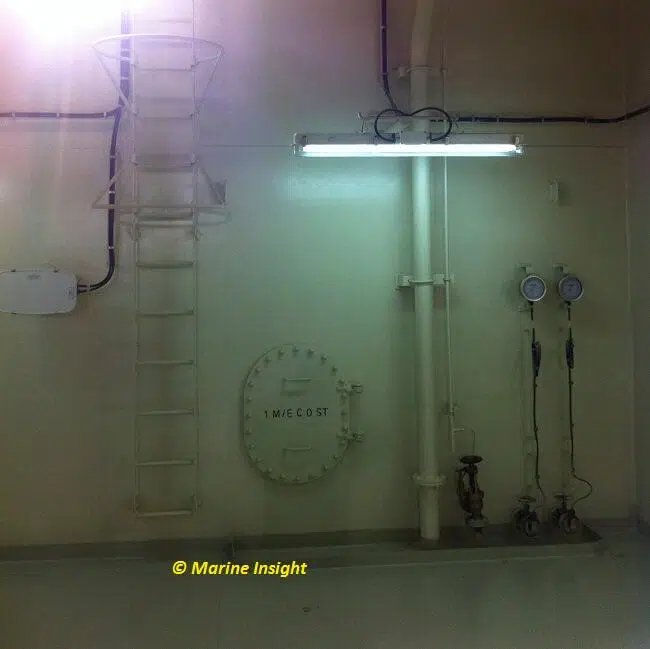
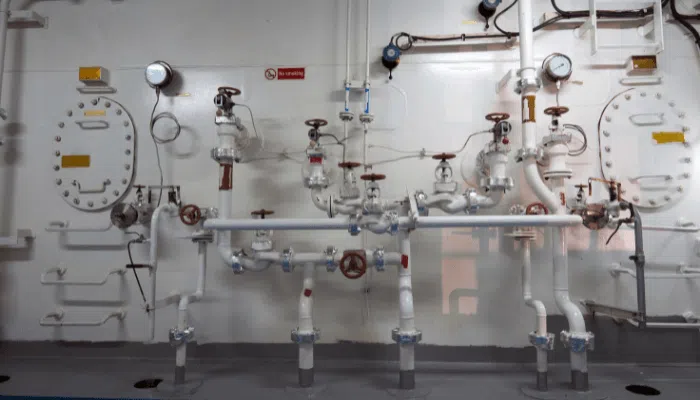
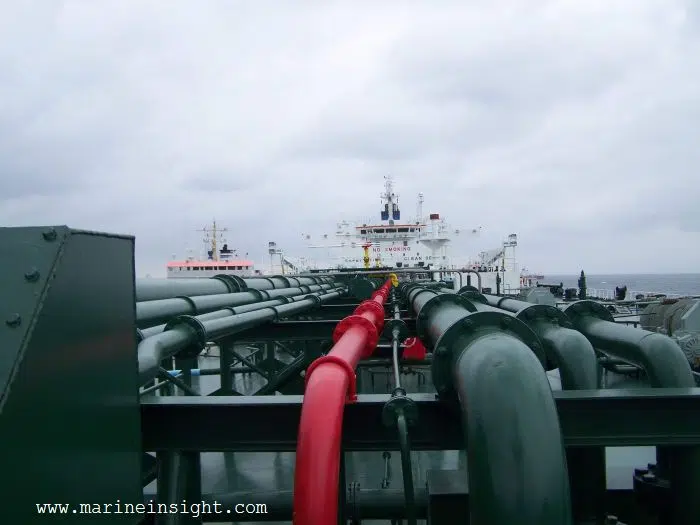
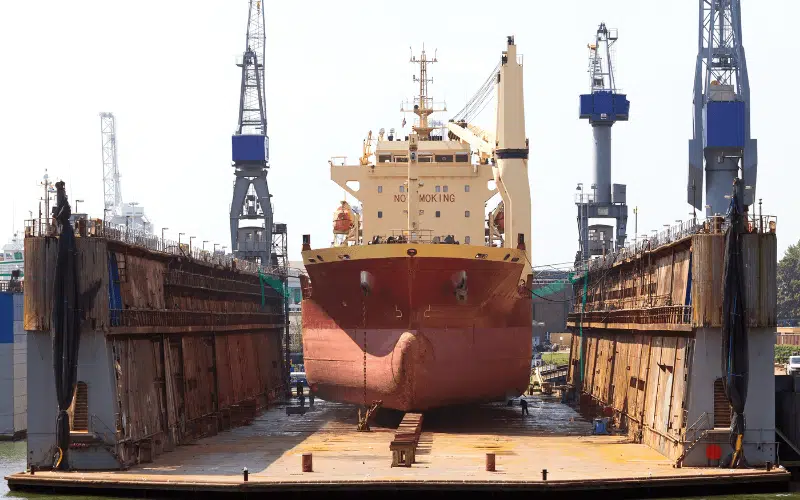
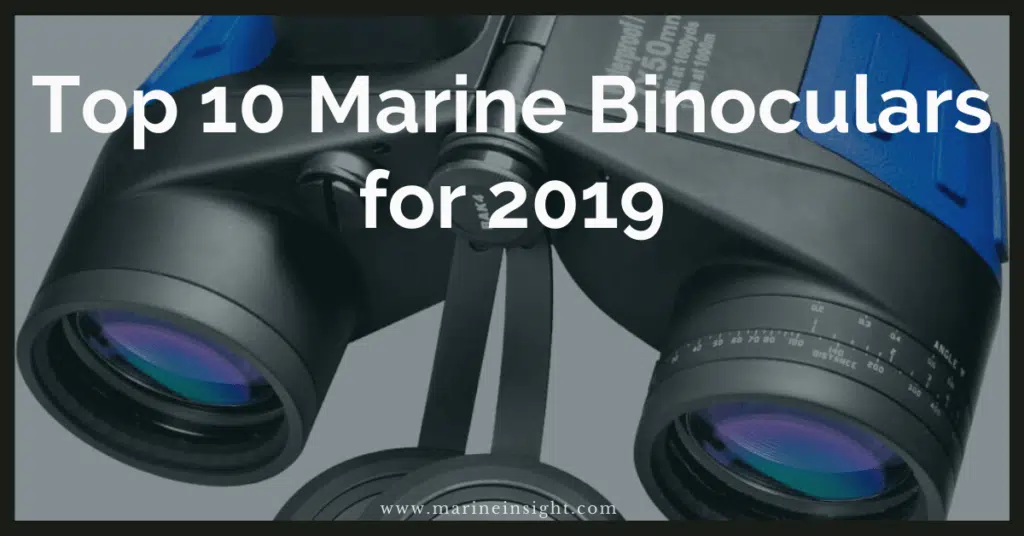
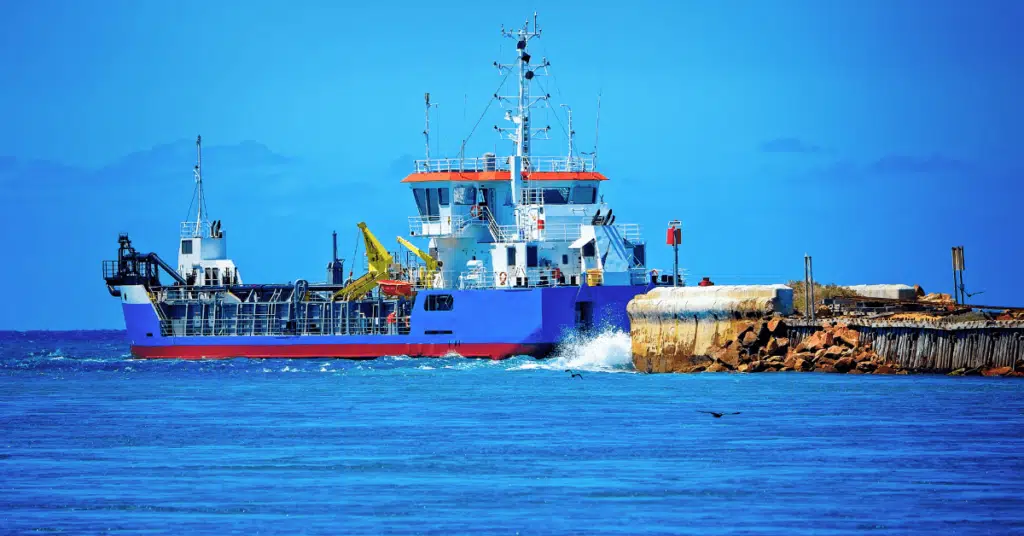
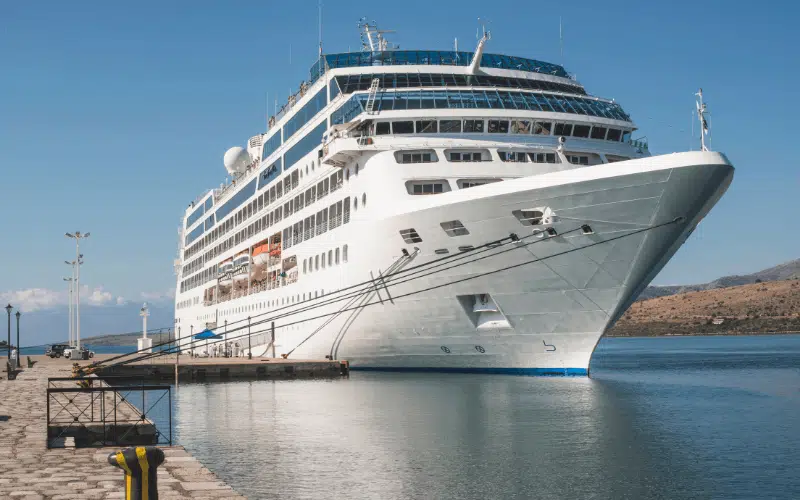
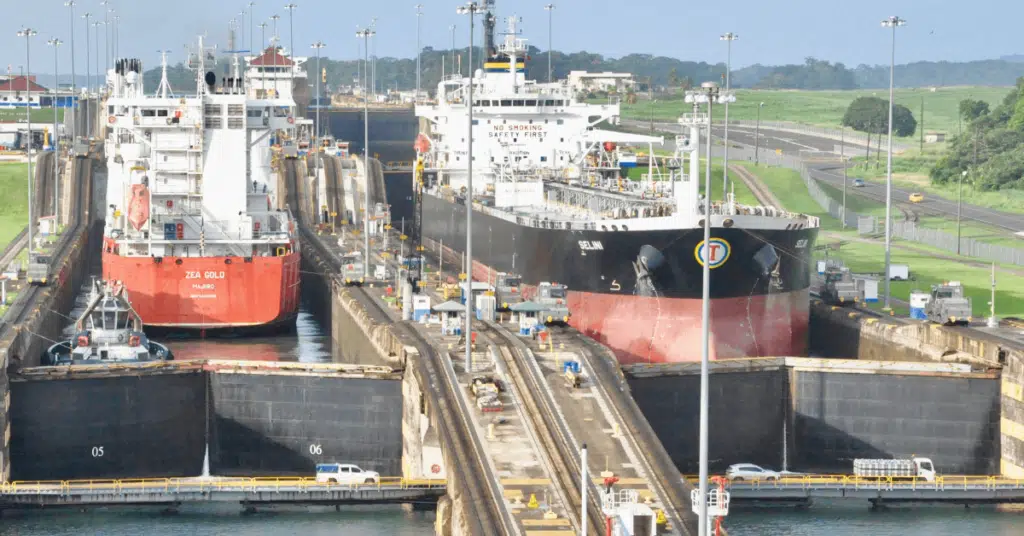
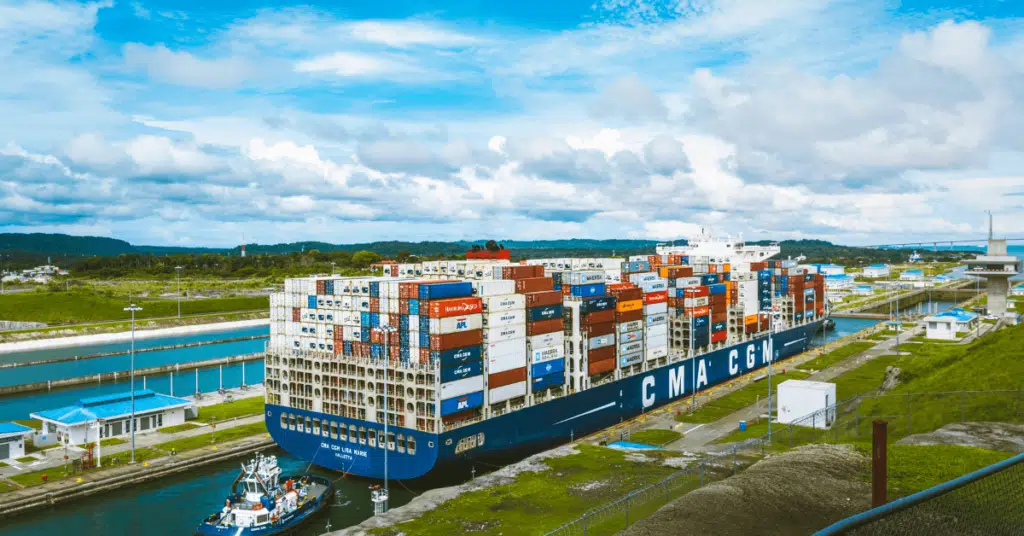

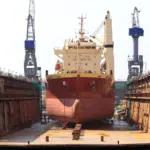

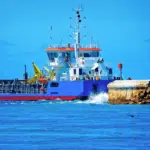
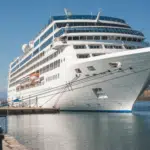
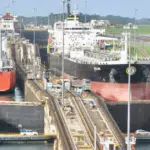
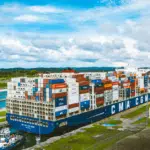
I am in need of latestinformation of fire fighting system on ship
what is the accuracy of manual sounding?
It is not 100% accurate, especially in rough weather or during cargo/ ballast operation.
What is the safe and perfect way to get soundings at sea when heavy seas or in bad weather
What are the arrangements for check level in tanks as remotely
this help me alot